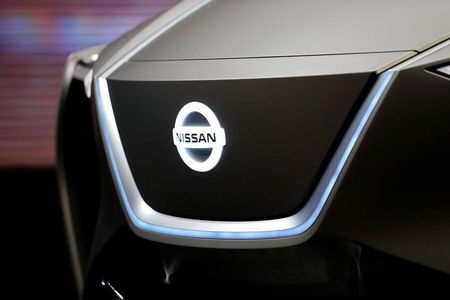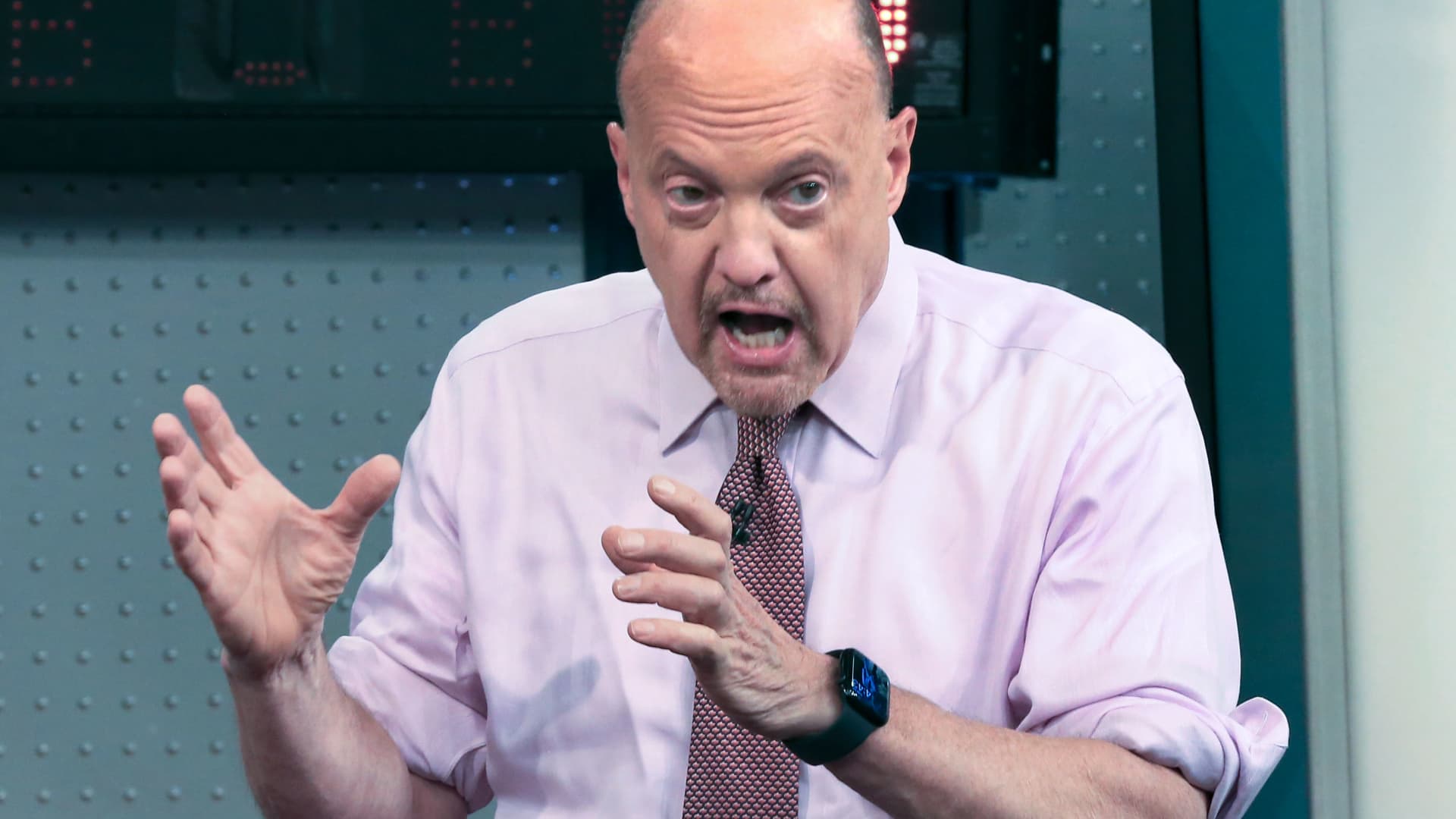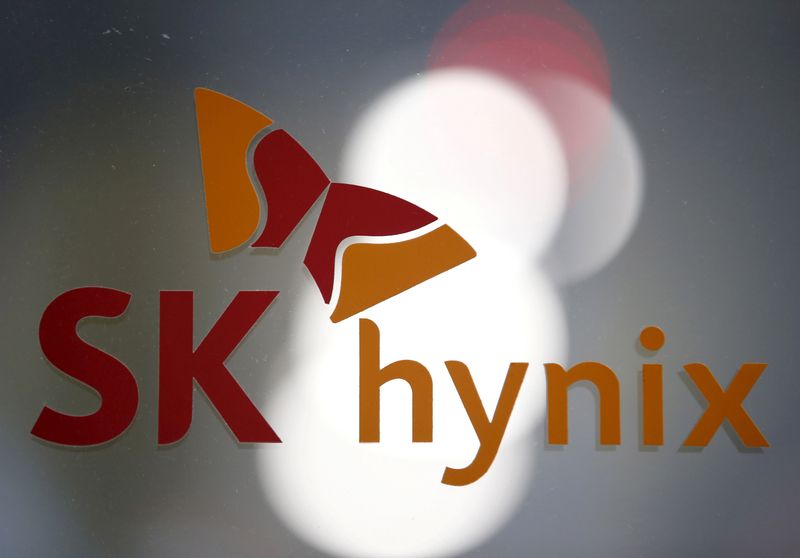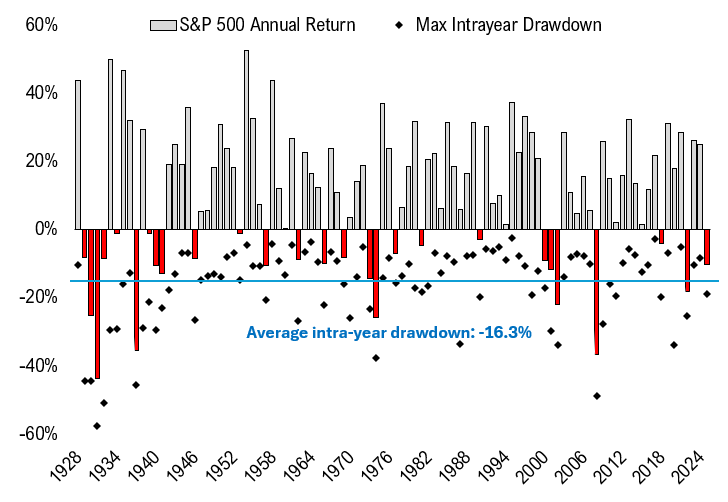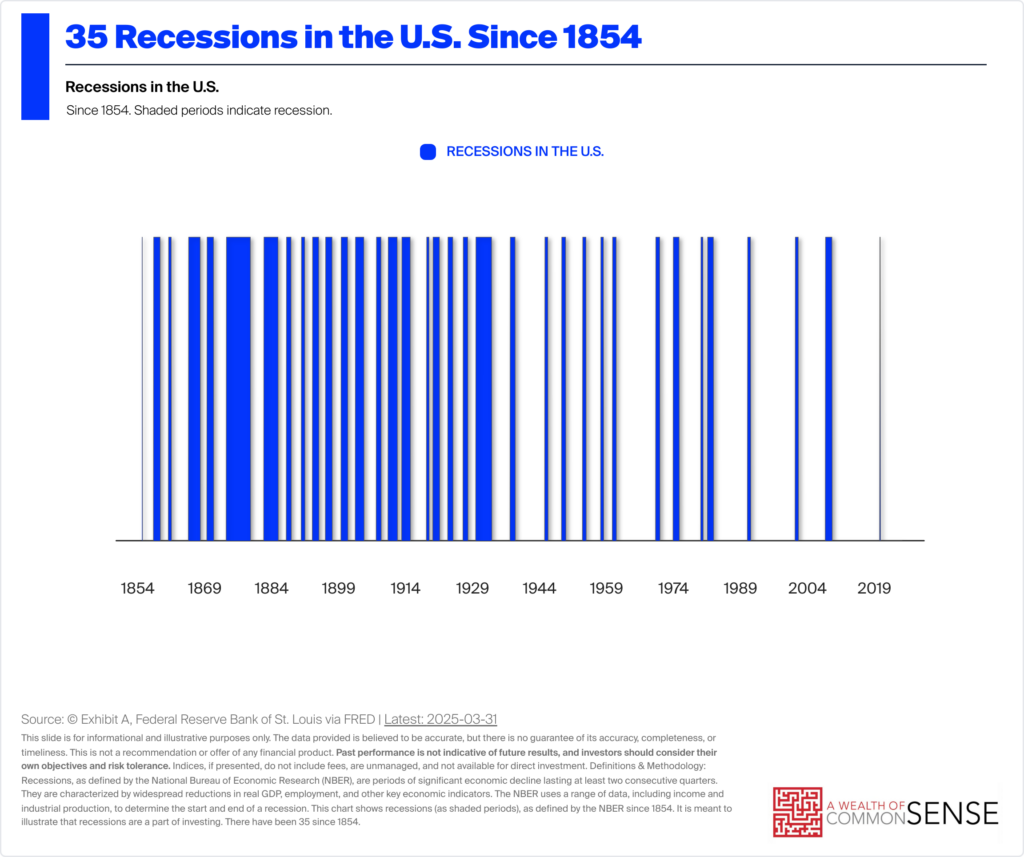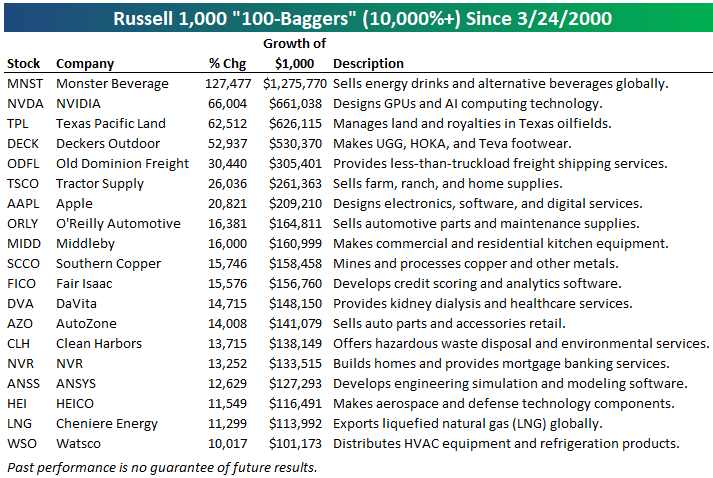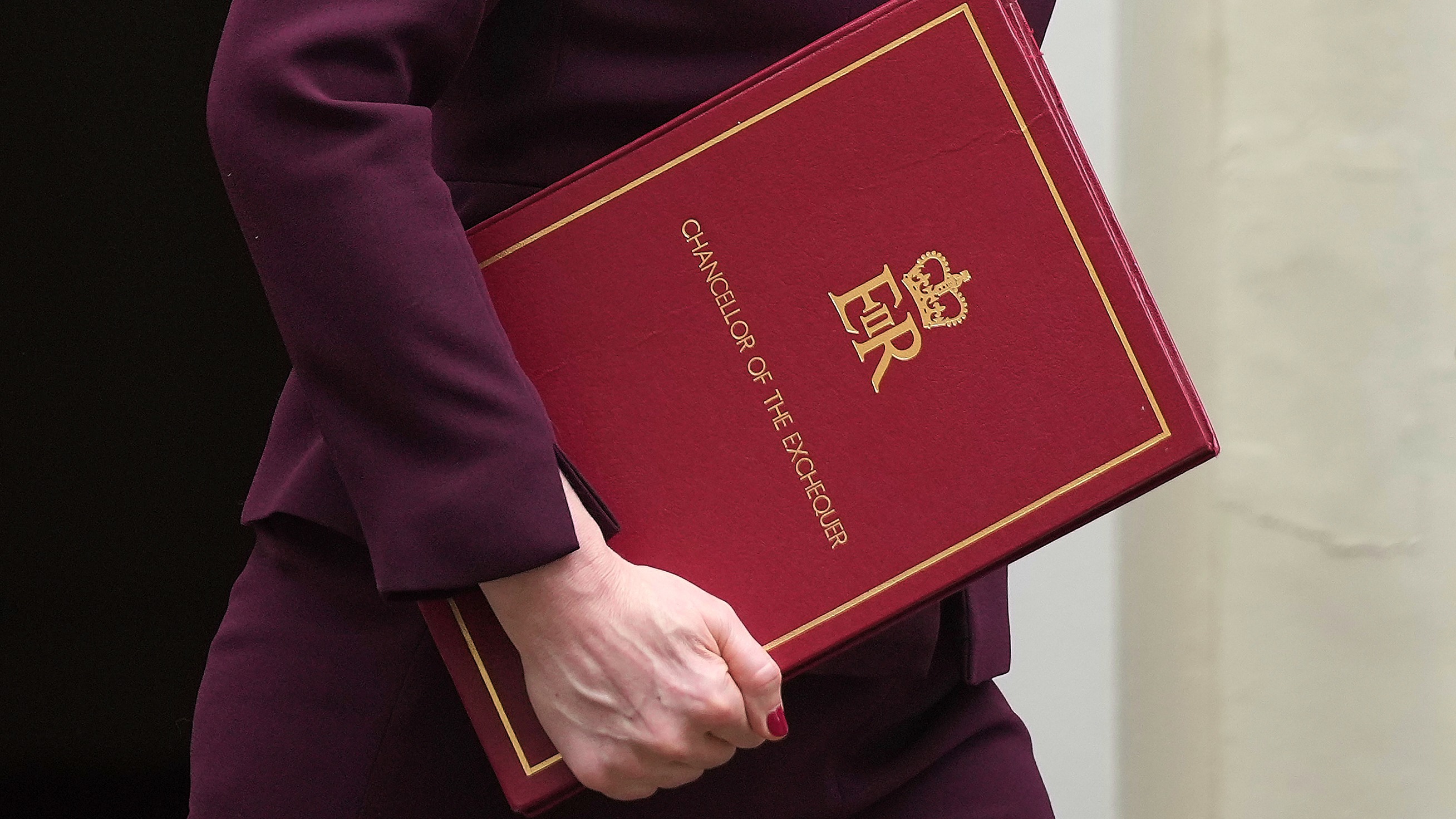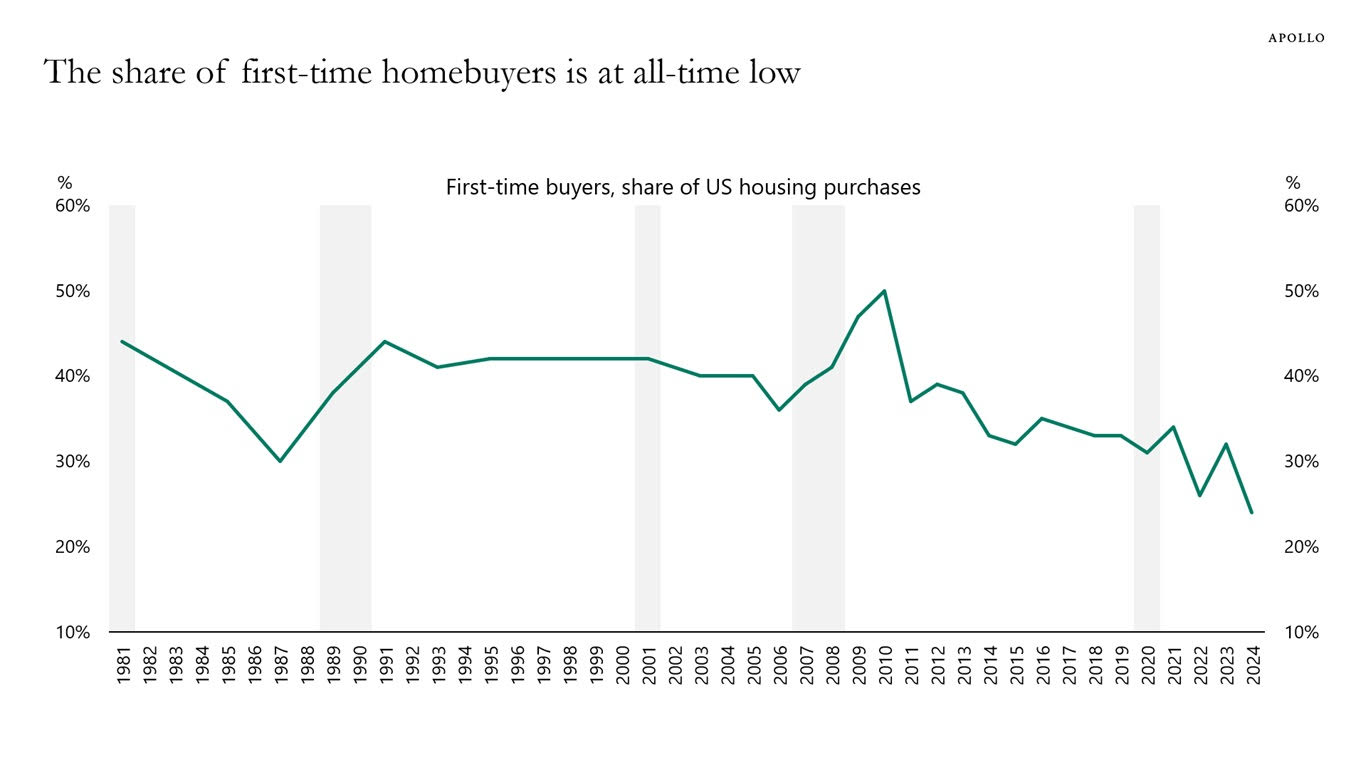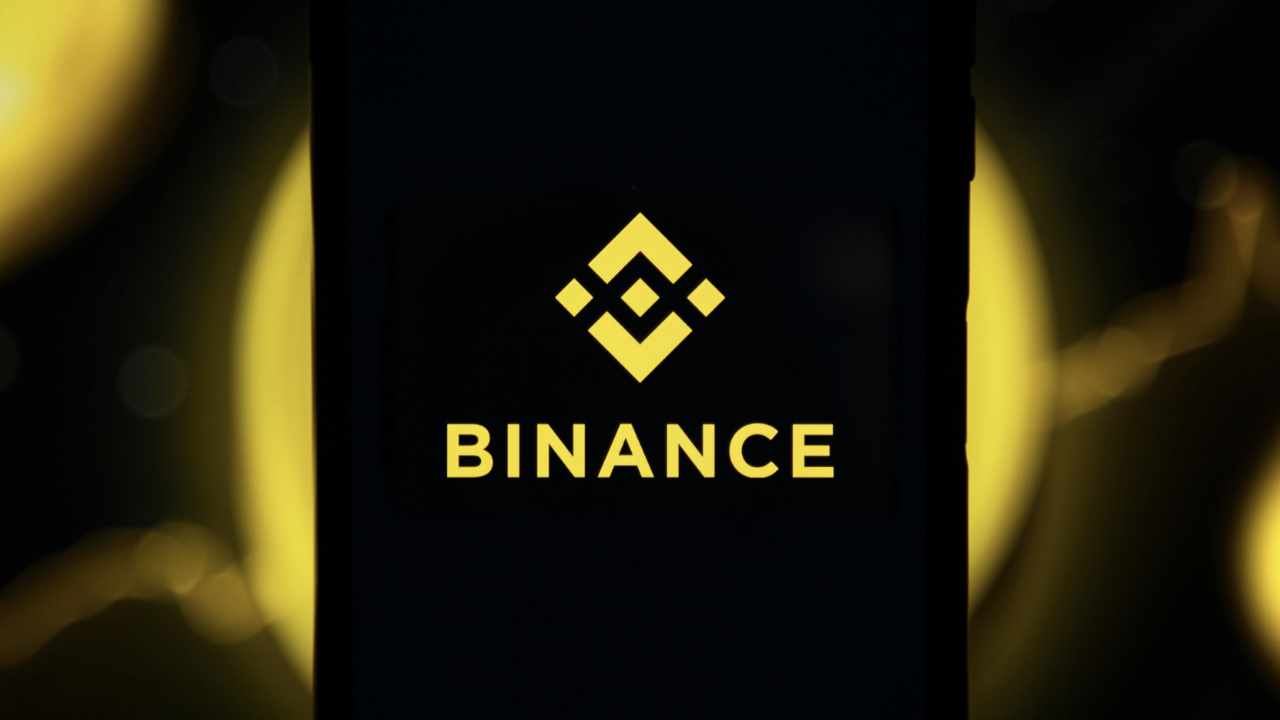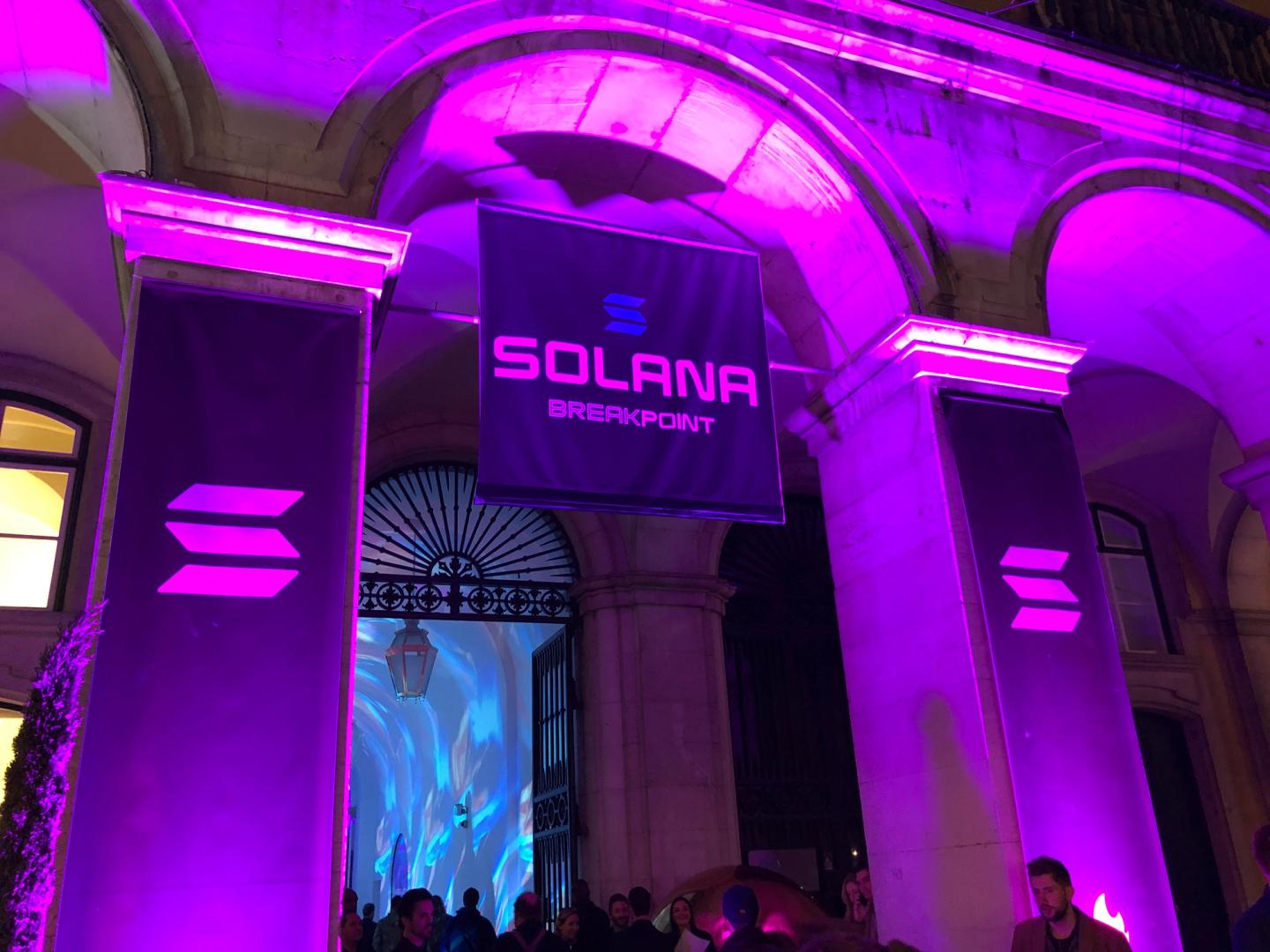VB vs IWM: Which ETF Is a Smarter Way to Invest in Small Cap Stocks?
Small cap stocks, or those companies with market capitalizations between $300 million and $2 billion, are a vital component of a diversified investment portfolio due to their growth potential and ability to enhance long-term returns. Including them effectively balances risk and reward. Small caps offer higher growth opportunities than established large caps. Historically, the Russell […] The post VB vs IWM: Which ETF Is a Smarter Way to Invest in Small Cap Stocks? appeared first on 24/7 Wall St..

Small cap stocks, or those companies with market capitalizations between $300 million and $2 billion, are a vital component of a diversified investment portfolio due to their growth potential and ability to enhance long-term returns. Including them effectively balances risk and reward.
Small caps offer higher growth opportunities than established large caps. Historically, the Russell 2000 Index, a small cap benchmark, has delivered an average annual return of 8.7% from 1979 to 2024, outpacing the S&P 500’s 7.8% in many periods.
Companies like Monster Beverage (NASDAQ:MNST), a former small cap, grew exponentially, showcasing their potential for outsized gains. A small cap’s agility allows it to innovate and capture niche markets, driving significant value for investors.
Diversification is another benefit. Small caps often operate in sectors like technology or healthcare, less correlated with large cap-dominated industries, which can help reduce portfolio volatility. They also thrive in economic recoveries.
However, small caps carry higher risks, including volatility and liquidity issues. Allocating a percentage of your portfolio to small cap stocks, via exchange-traded funds (ETFs) like iShares Russell 2000 (NYSEARCA:IWM) or Vanguard Small Cap ETF (NYSEARCA:VB), mitigates these risks while capturing growth.
For long-term investors, small caps are essential for boosting returns and diversification. So let’s see whether you would be better off buying IWM, VB, or both!
The Case for IWM
The iShares Russell 2000 ETF stands out as the superior small cap stock option due to its comprehensive representation of the small cap market, strong performance, and investor-friendly features. As an ETF tracking the Russell 2000 Index, IWM offers unique advantages that make it the preferred vehicle for capturing the growth potential of small cap stocks.
IWM’s primary strength lies in its broad and pure exposure to the small cap segment. The Russell 2000 Index includes approximately 2,000 companies with market capitalizations ranging from $300 million to $2 billion, capturing the essence of smaller, dynamic firms. This extensive coverage ensures investors gain access to emerging players in sectors like technology, healthcare, and consumer discretionary, which often drive innovation and growth.
For example, IWM includes fast-growing firms like Super Micro Computer (NASDAQ:SMCI), which surged 200% in 2023, showcasing the index’s ability to capture high-potential stocks.
With 17% of its holdings in healthcare and 18% in industrials, IWM provides diversified exposure, reducing reliance on any single sector.
Performance is another compelling reason to choose IWM. Data from CME Group shows that over a 38-year period beginning in 1979, the Russell 2000 matched, if not slightly exceeded, the returns of the S&P 500, many times by a significant margin.
IWM’s low expense ratio of 0.19% ensures that investors retain most of these returns, making it cost-competitive. Its high liquidity, with average daily trading volumes of 30 million shares, allows for easy entry and exit, even in volatile markets, which is critical for small cap investing where price swings are common.
The ETF also benefits from its alignment with economic cycles. Small caps thrive during recoveries, as they’re more sensitive to domestic growth and interest rate cuts. While the Federal Reserve seems determined to hold firm on interest rates for the moment, rate reductions could be coming later. IWM is well-positioned to capitalize on improved borrowing conditions for smaller firms.
Additionally, IWM’s focus on pure small caps ensures investors get true exposure to the higher-risk, higher-reward small cap segment.
For investors seeking growth and diversification, the iShares Russell 2000 ETF comprehensive index, strong historical returns, low costs, and liquidity make it the best choice for small cap exposure, offering a robust way to harness the potential of America’s emerging companies.
The Case for VB
Investors seeking small cap exposure can do worse than choosing the Vanguard Small-Cap ETF because of its broader diversification, Vanguard’s affinity for low costs, and balanced approach to capturing small cap growth. Tracking the CRSP US Small Cap Index, VB offers distinct advantages that make it an ideal vehicle for investors seeking stability and long-term returns in the small cap space.
The ETF’s greatest strength is its expansive and diversified portfolio. The CRSP US Small Cap Index includes 1,350 companies with market capitalizations between $300 million and $30 billion. While that stretches the definition of “small cap stock,” the average market cap is just $5 billion. It offers investors a blend of smaller mid-cap stocks that helps reduce volatility compared to pure small cap indices like IWM. Mid-caps often provide stability during market downturns.
VB’s sector allocations lean heavily on industrials, consumer discretion, and financials, which when combined represent over half of the portfolio. Technology accounts for only 12% of the total, ensuring no single industry dominates, mitigating risk.
For instance, holdings like Builders FirstSource (NYSE:BLDR) balance growth-oriented tech firms, offering a smoother ride in volatile markets.
Cost efficiency also sets VB apart. With an expense ratio of just 0.05%, one of the lowest in its class, VB saves investors significant fees over time.
Historically, the Vanguard ETF has delivered competitive performance, with 12.6% average annual returns between 2010 and 2024, while sporting lower risk due to mid-cap inclusion.
VB’s structure also aligns with long-term investors. Its inclusion of mid-caps captures companies transitioning from small to mid-size, allowing investors to benefit from sustained growth. With $67 billion in assets and daily trading volumes of 2 million shares, the Vanguard Small Cap ETF offers ample liquidity for portfolio adjustments, suiting buy-and-hold strategies.
In an economic environment with potential 2025 rate cuts, VB’s blend of small and mid-caps positions it to thrive, as both benefit from lower borrowing costs. For investors prioritizing diversification, minimal fees, and balanced growth, VB’s comprehensive index, cost advantage, and stability make it the best choice for small cap exposure, delivering robust returns with reduced risk.
The verdict
Whether you should buy the iShares Russell 200 ETF or the Vanguard Small Cap ETF depends on what you’re seeking with the investment. IWM gives you small cap exposure through a pure-play ETF while the bracket creep of VB offers a bit more stability, though it potentially dilutes its ability to capture the full upside potential of small cap stocks. For that reason I’d lean toward IWM as the preferred investment option.
The post VB vs IWM: Which ETF Is a Smarter Way to Invest in Small Cap Stocks? appeared first on 24/7 Wall St..































